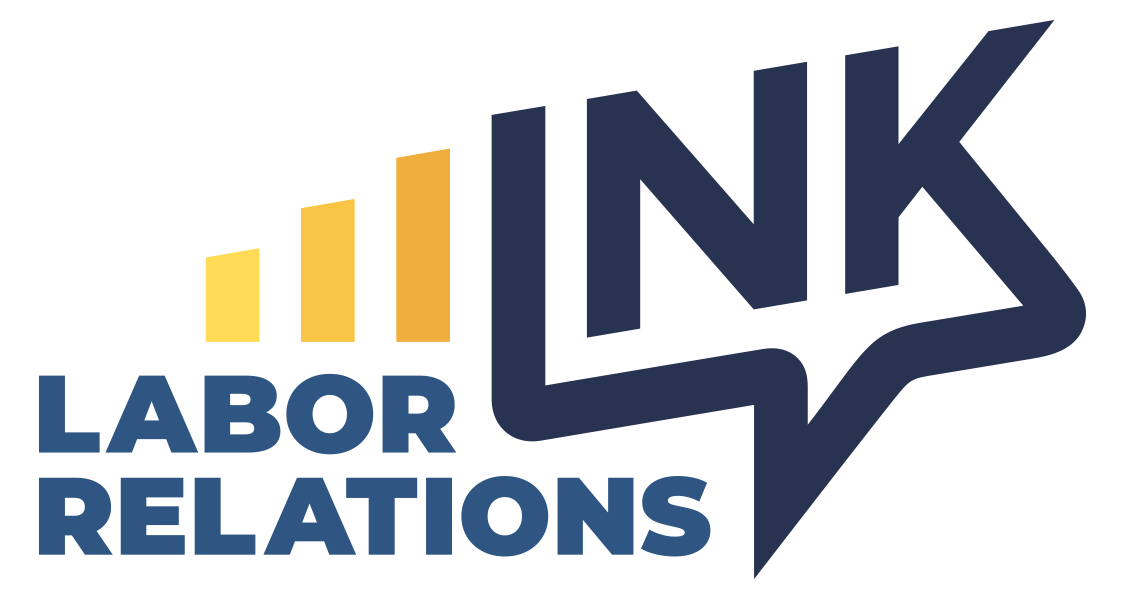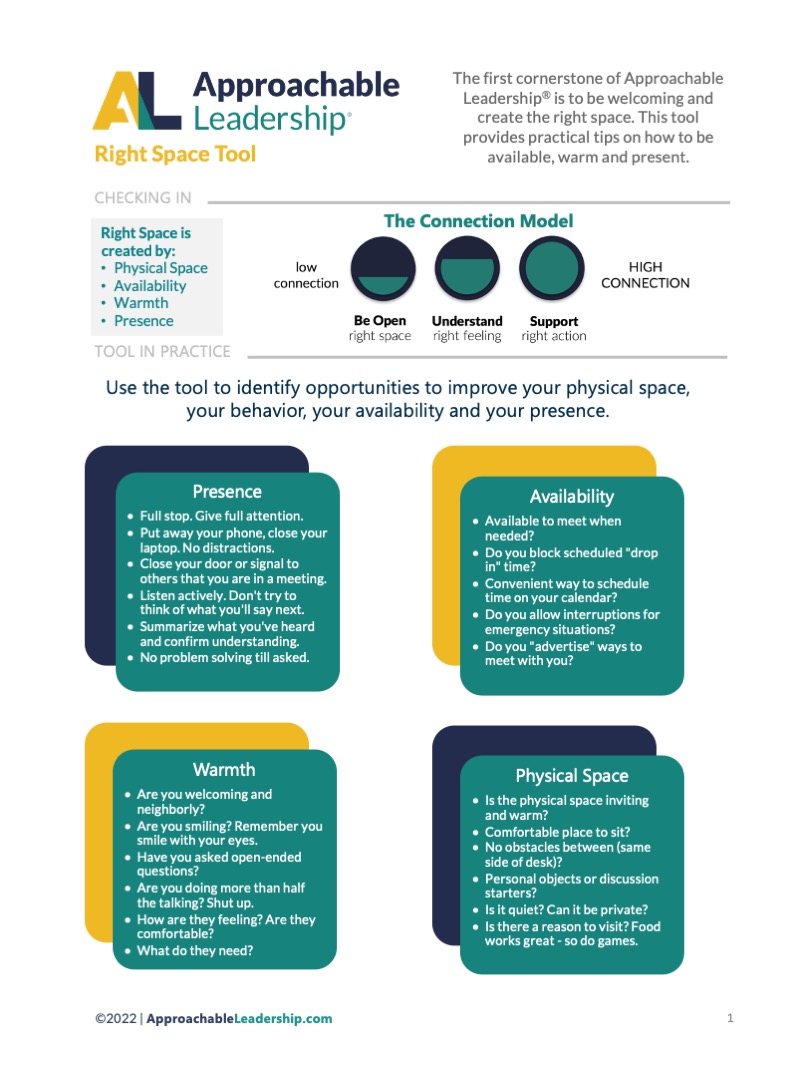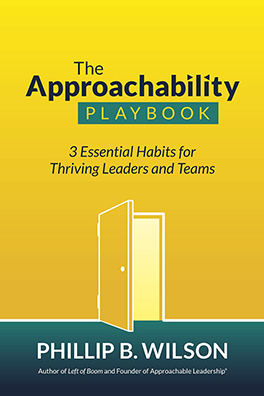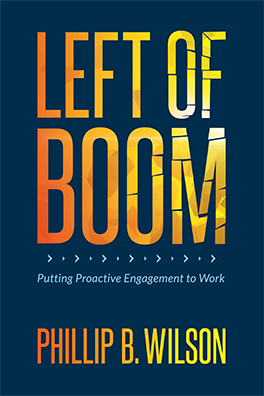With Trump 2.0 on the way, major changes will be coming to the NLRB for workers, companies, and the unions that seek to come between them. Trump can replace retiring board members with more business-friendly members and fire administrative judges. General Counsel Jennifer Abruzzo will also undoubtedly be supplanted early in the process, if not on day one.
So sure, the Board’s swing at reality TV was probably a message to the incoming president, but that jovial mood didn’t last long. Big Labor tensions are simmering, which has led to remarriage after a 20-year divorce.
The Reunion: The SEIU and AFL-CIO announced last week that they have rejoined forces while insisting, rather flimsily, that this is not a political move. This ends a two-decade divide that began in 2005 when the SEIU and Teamsters departed from the established labor federation while taking 3.2 million members and forming the Change To Win federation.
The ugly split involved the departing unions criticizing the larger federation for deprioritizing organizing campaigns. The SEIU also took the position that the AFL-CIO didn’t devote enough resources to service industries, but that’s water under the bridge now. With the SEIU’s return to the federation, AFL-CIO membership will climb from 12.5 to 14.5 million.
Times have changed: While the SEIU has been away, the union has expanded from focusing on service/hospitality workers and the public sector to include healthcare workers of all stripes and baristas. The SEIU also established affiliations with Starbucks Workers United (SWU) and the Union Of Southern Service Workers (USSW). The SEIU followed up the Fight For $15 movement by lobbying for California’s fast food workers to receive $20 per hour wages. Other than that final item, however, those aren’t slam-dunk accomplishments… yet.
The SWU still hasn’t finished bargaining for a first contract. Nor has the USSW nabbed their “white whale” of unionizing Waffle House. Whether or not rejoining the federation will help with these goals, nobody can predict, but the AFL-CIO would love the clout in pulling those difficult goals off, so it does sound believable when AFL-CIO President Liz Shuler asserts that this reunion “was a natural evolution out of many years of conversations.”
The timing of this reunion, though, should not be ignored. It’s at least partly a response to the coming downturn in administrative support for labor unions that will exist during the coming Trump presidency.
The officially stated goal: The SEIU and AFL-CIO plan to combine power for collective bargaining and to “drive multi-union, multi-sector organizing campaigns; coordinate strategy; maximize resources and capacity; and learn from their collective successes and challenges.”
The Teamsters twist: Union President Sean O’Brien has not made a statement on the remarriage. The Teamsters are, however, not involved and are sticking with the Strategic Organizing Center (a rebrand of Change To Win), which is targeting mega-companies including CVS Health and Amazon. The Teamsters are also reportedly involved with a push by Sen. Josh Hawley (R-MO) for a “pro-worker framework” for labor issues. We will talk more about that topic later this week, but for now, it’s worth stressing that, as with SEIU and AFL-CIO, upheaval can lead to strange bedfellows.






